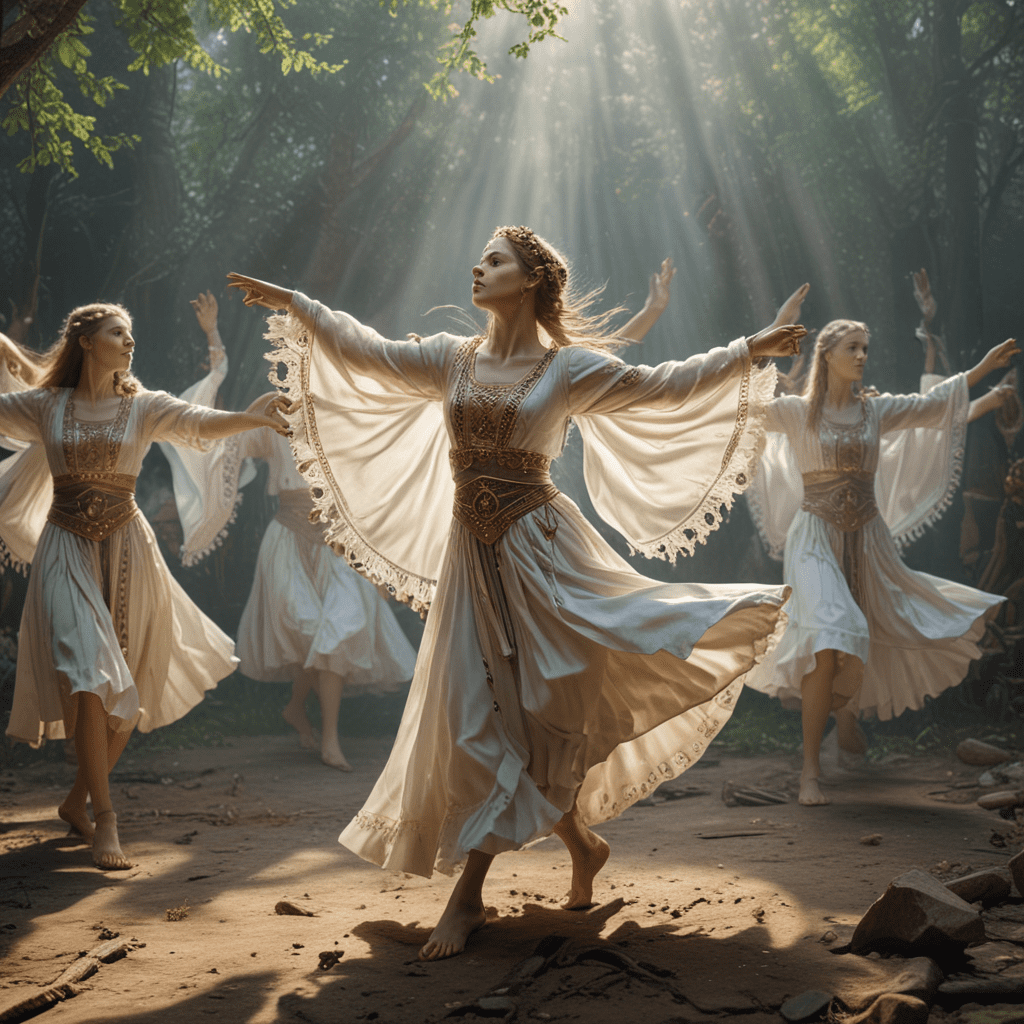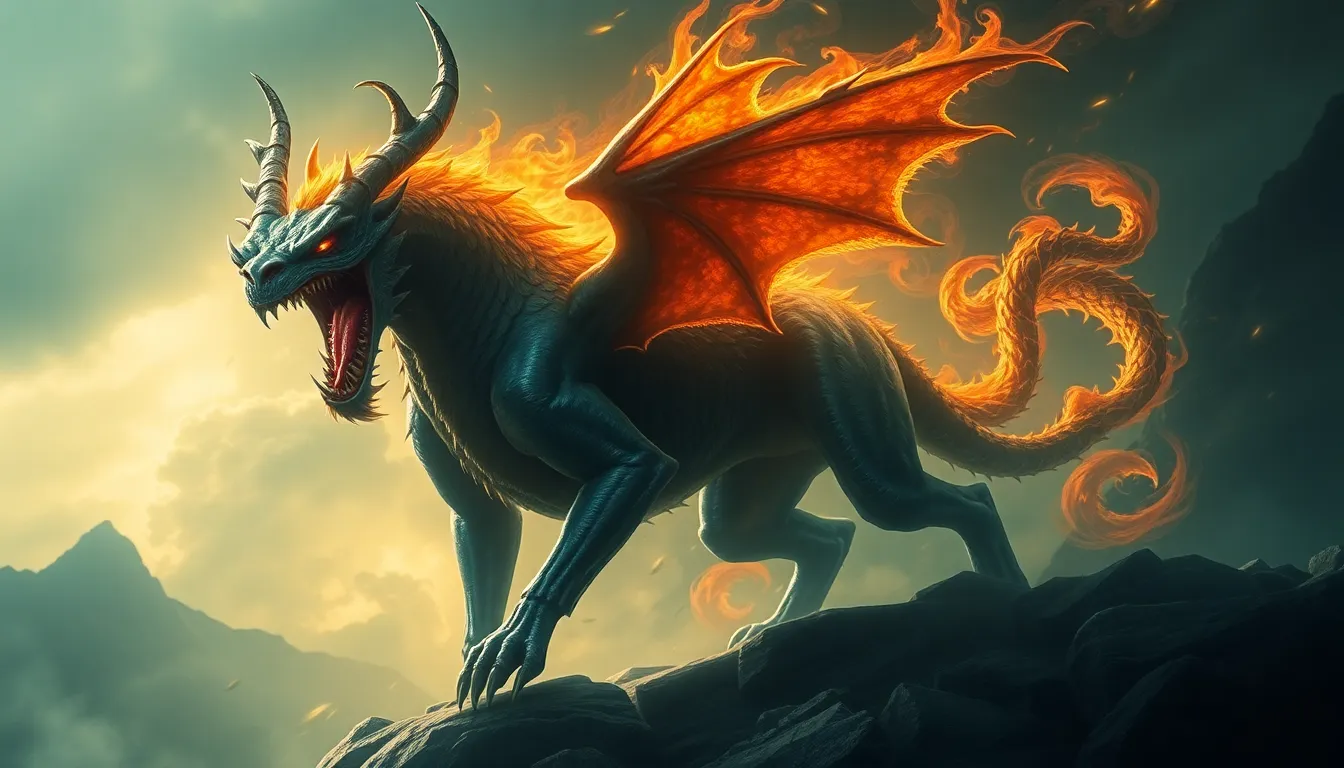Introduction: The Significance of Music and Dance in Slavic Mythology
Music and dance held a profound significance within the intricate tapestry of Slavic mythology. They were not mere forms of entertainment but potent tools imbued with mystical powers, capable of influencing the divine and shaping the course of human events. Through music and dance, the Slavs sought to connect with the realm of the gods and spirits, implore their favor, and maintain the balance between the natural and supernatural worlds.
The Ritualistic Power of Music
Music played a central role in Slavic rituals, serving as a means of communication with the divine. Melodies and rhythms were believed to resonate with the energies of the gods and spirits, creating a bridge between the earthly and otherworldly realms. By playing music, shamans and priests sought to invoke the deities, appease their wrath, or request their blessings.
Music for Invoking Deities and Otherworldly Beings
Specific melodies and instruments were associated with particular deities. For instance, the god of thunder and lightning, Perun, was invoked through the beating of drums and the strumming of guslis (stringed instruments). Certain songs and chants possessed the power to summon fairies, forest spirits, and other mythical beings, allowing humans to interact with them and seek their guidance or protection.
Music as a Means of Divination and Communication with Spirits
Music was also used as a form of divination among the Slavs. By observing the patterns and rhythms of music, shamans and wise women could interpret messages from the gods and spirits. The arrangement of musical notes, the pitch of the melody, and the tempo of the beat were all believed to hold symbolic meanings that could provide insights into future events or reveal hidden truths.
The Rhythmic Dance: Physical Manifestation of Divine Power
Dance, like music, held immense ritualistic importance in Slavic mythology. The rhythmic movements and gestures of dancers were seen as physical manifestations of the divine power that permeated the world. Through dance, humans could align themselves with the cosmic forces and participate in the sacred drama of existence.
5. The Rhythmic Dance: Physical Manifestation of Divine Power
Dance, like music, held immense ritualistic importance in Slavic mythology. The rhythmic movements and gestures of dancers were seen as physical manifestations of the divine power that permeated the world. Through dance, humans could align themselves with the cosmic forces and participate in the sacred drama of existence.
6. Sacred Dance Performances and Their Symbolism
Slavic dances were often performed in sacred spaces such as temples or groves dedicated to the gods. The movements and formations of the dancers were carefully choreographed to represent mythological themes and stories. For example, the dance of the Kolovrat (Sun Wheel) symbolized the eternal cycle of life, death, and rebirth.
7. The Role of Dance in Seasonal Festivals and Rites
Dance played a pivotal role in seasonal festivals and rites that marked the transition between different times of the year. At the spring festival of Maslenitsa, merry dances celebrated the arrival of new life and fertility. During the summer solstice, bonfires were lit, and people danced to honor the sun god Kupalo.
8. Music and Dance as Elements of Healing and Purification Rituals
Music and dance were also incorporated into healing and purification rituals. Melodies and rhythms were believed to possess therapeutic properties that could soothe the body and mind. Ritual dances were performed to expel evil spirits and bring about physical and spiritual well-being.
9. The Transmission and Preservation of Musical and Dance Traditions
Musical and dance traditions were passed down from generation to generation through oral transmission and practical instruction. Skilled musicians and dancers served as guardians of these traditions, ensuring their preservation and authenticity.
10. Conclusion: The Enduring Legacy of Music and Dance in Slavic Mythology
Music and dance remain integral aspects of Slavic folklore and cultural heritage. They embody the rich mythology and spiritual beliefs of the Slavic people and continue to inspire contemporary art, music, and dance forms. The enduring legacy of music and dance in Slavic culture serves as a testament to the profound and lasting impact of these traditions on the human experience.
FAQ
Q: What was the significance of music and dance in Slavic mythology?
A: Music and dance were powerful tools used to invoke deities, communicate with spirits, and align with the divine.
Q: How did music differ from dance in Slavic rituals?
A: Music was used to communicate with the gods and spirits, while dance was a physical manifestation of the divine power that permeated the world.
Q: What is the Kolovrat dance?
A: The Kolovrat dance is a sacred dance that symbolizes the eternal cycle of life, death, and rebirth.
Q: How did music and dance contribute to healing and purification rituals?
A: Melodies and rhythms were believed to possess therapeutic properties, and ritual dances were performed to expel evil spirits and bring about well-being.
Q: How were musical and dance traditions preserved?
A: Musical and dance traditions were passed down through oral transmission and practical instruction by skilled musicians and dancers.



